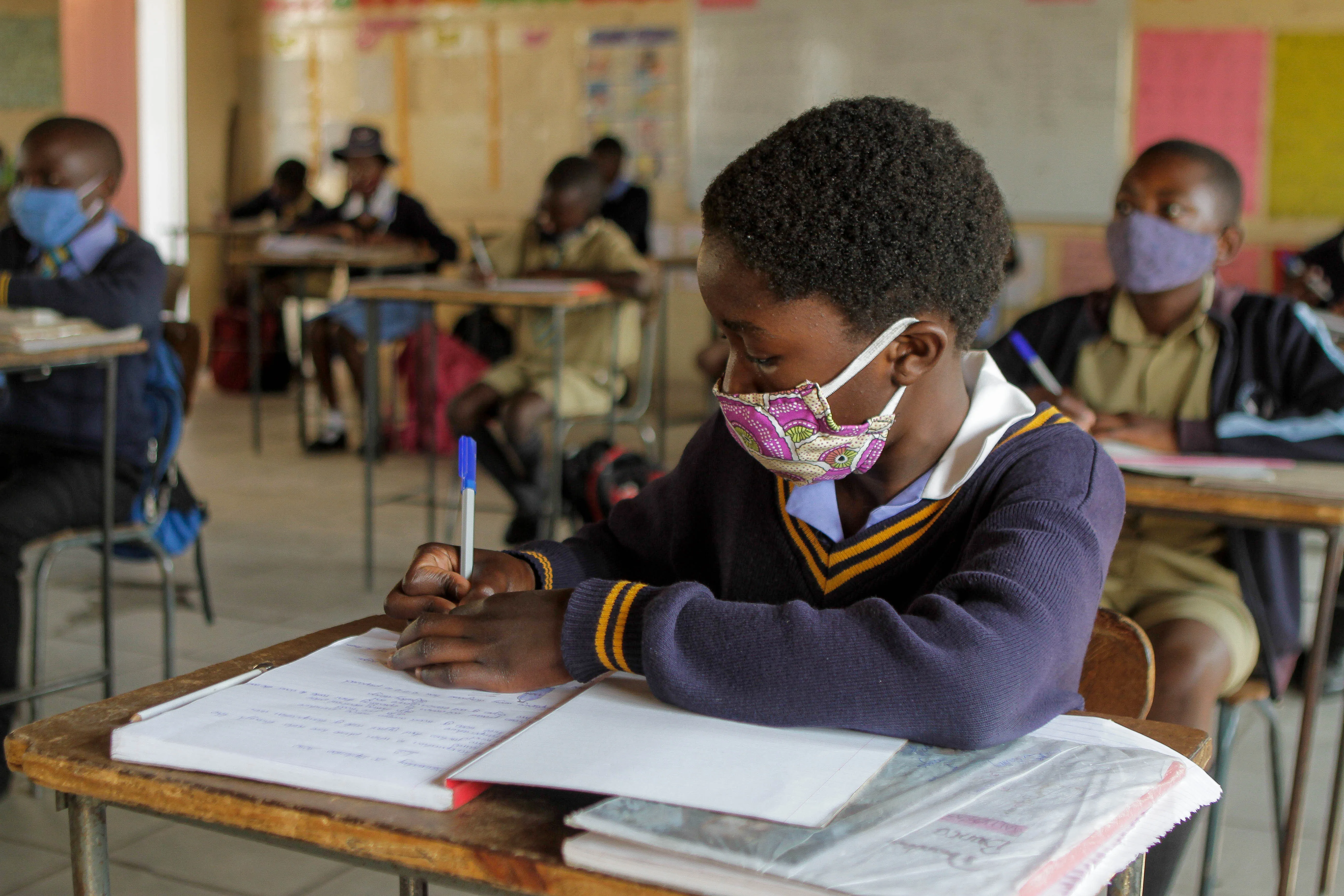
Education and capacity building were central features of India’s development cooperation with Africa since the early 1960s when the Indian Technical and Economic Cooperation (ITEC) programme was launched. Many new instruments of development cooperation such as the concessional lines of credit were introduced in recent years but capacity building retained its importance. “Building local capacity and creating local opportunities” is one of the ten guiding principles for India-Africa ties outlined by Prime Minister Modi at the Ugandan Parliament. Although Chinese influence in Africa is mostly viewed in terms of the volume of trade and credit flows between China and Africa, China is also using education and capacity building as a tool to expand its influence in Africa. This article attempts to assess the differences in the Indian and Chinese approaches.
China’s greatest success has been in increasing the presence of African students in Chinese universities and institutions through scholarships. In 2015, China had 49,792 African students, the second-largest African student population (next to France) and between 2003-2015 the growth of African students in China was over 20% every year. India’s numbers look pale in comparison. Although the number of African students studying in India in 2003 was more than in China, by 2015, India had only 5,881 African students compared to nearly 50,000 African students in Africa.
China’s greatest success has been in increasing the presence of African students in Chinese universities and institutions through scholarships.
Despite the initiatives of the Indian government to attract African students, the response from African students has been below expectations. One of the reasons could be related to the negative experiences of African students in India. Although India is quick to raise the alarm in instances where Indian students face racism in other countries, India’s own record is poor. African students are often subjected to discrimination, attacks, and assaults in India. About 90% of the African students in India have regretted coming to India for higher studies. This has tarnished the country’s reputation as a study destination. China fares no better in this regard. Many African students faced eviction, forced quarantines, were barred from buying essentials, and subjected to other discriminating treatment during the COVID-19 pandemic in Guangzhou which created a row between China and African nations.
To improve the acceptability of the Chinese language and culture in Africa, China has expanded its network of Confucius Institutes (CIs) in Africa. By June 2019, China had established 59 such institutions across the continent. CIs have been able to bring about greater acceptance of Chinese culture and language in Africa and have also developed an inclination towards Chinese higher education amongst Africans. The employment opportunities that these projects create have led to an increased demand for Chinese education. To take advantage of these opportunities, Uganda has made Mandarin a compulsory subject in its high school curriculum, while Kenya and South Africa have introduced the language as an elective subject.
India’s success lies in the online medium. Through initiatives like the Pan African e-Network Programme (PANe-NP) and e-VidyaBharati and e-ArogyaBharti (e-VBAB), India is bringing education directly to African homes.
India’s success lies in the online medium. Through initiatives like the Pan African e-Network Programme (PANe-NP) and e-VidyaBharati and e-ArogyaBharti (e-VBAB), India is bringing education directly to African homes. By March 2017, India had provided degrees to 22,000 African students under PAeNP. It has simultaneously run the ITEC programme to provide short online training courses to upskill the African population. The online learning platforms are advantageous for African nations as they reduce the costs of obtaining an international degree and offer a larger number of students a chance to enroll for these courses and degrees. Additionally, the online medium provides greater security to African students against racial attacks, a factor which might have prevented a considerable number of Africans from pursuing an Indian degree. Most African nations find the online medium favourable and are investing in developing their own online educations platforms like Unicaf and eLearning Africa. About 39.3% of the African population having access to the internet, so India’s online education platforms have a good opportunity to expand. The current coronavirus pandemic and the associated social distancing and travel restrictions could also contribute to increasing the acceptability of online education. The online medium also provides India an opportunity to do more with the limited resources because unlike China, India does not have the massive financial resources to ramp up scholarships or set up educational institutions across Africa.
In a nutshell, although China has an edge over India in the overall education sector in Africa, both countries have largely played on two different planks. While China has sought to use the offline medium to pursue development cooperation in education, India’s initiatives focusing on the online medium are more future driven. With its gargantuan resources, China has an advantage over India but India can turn the balance in its favour by using the online medium effectively.
Ishaan Mittal is Research Intern at ORF.
The views expressed above belong to the author(s). ORF research and analyses now available on Telegram! Click here to access our curated content — blogs, longforms and interviews.




 PREV
PREV

